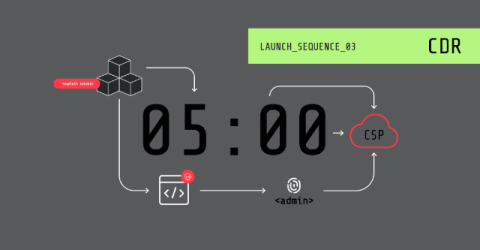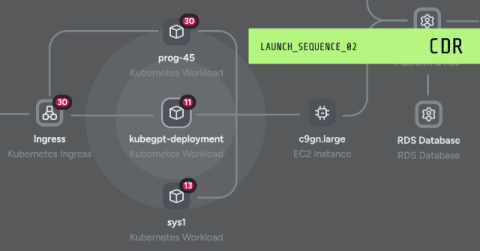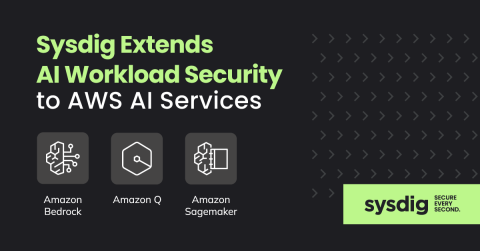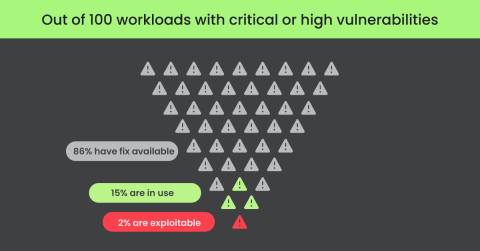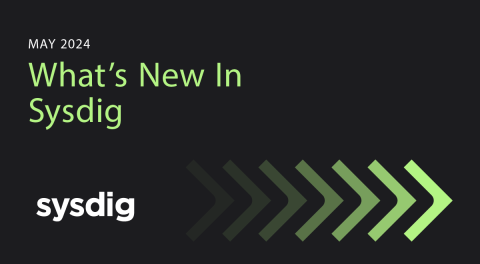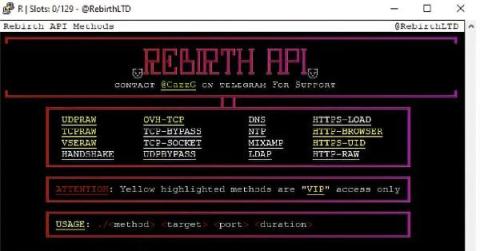Meeting the 555 Benchmark
How long does it take your security teams to detect a potential threat, correlate relevant data, and initiate a response action? The 555 Benchmark for Cloud Detection and Response challenges organizations to detect a threat within 5 seconds, correlate data within 5 minutes, and initiate a response within 5 minutes. It is not just something you can implement or use to solve your cloud security struggles. It is about testing and improving your cloud security operations and processes.



